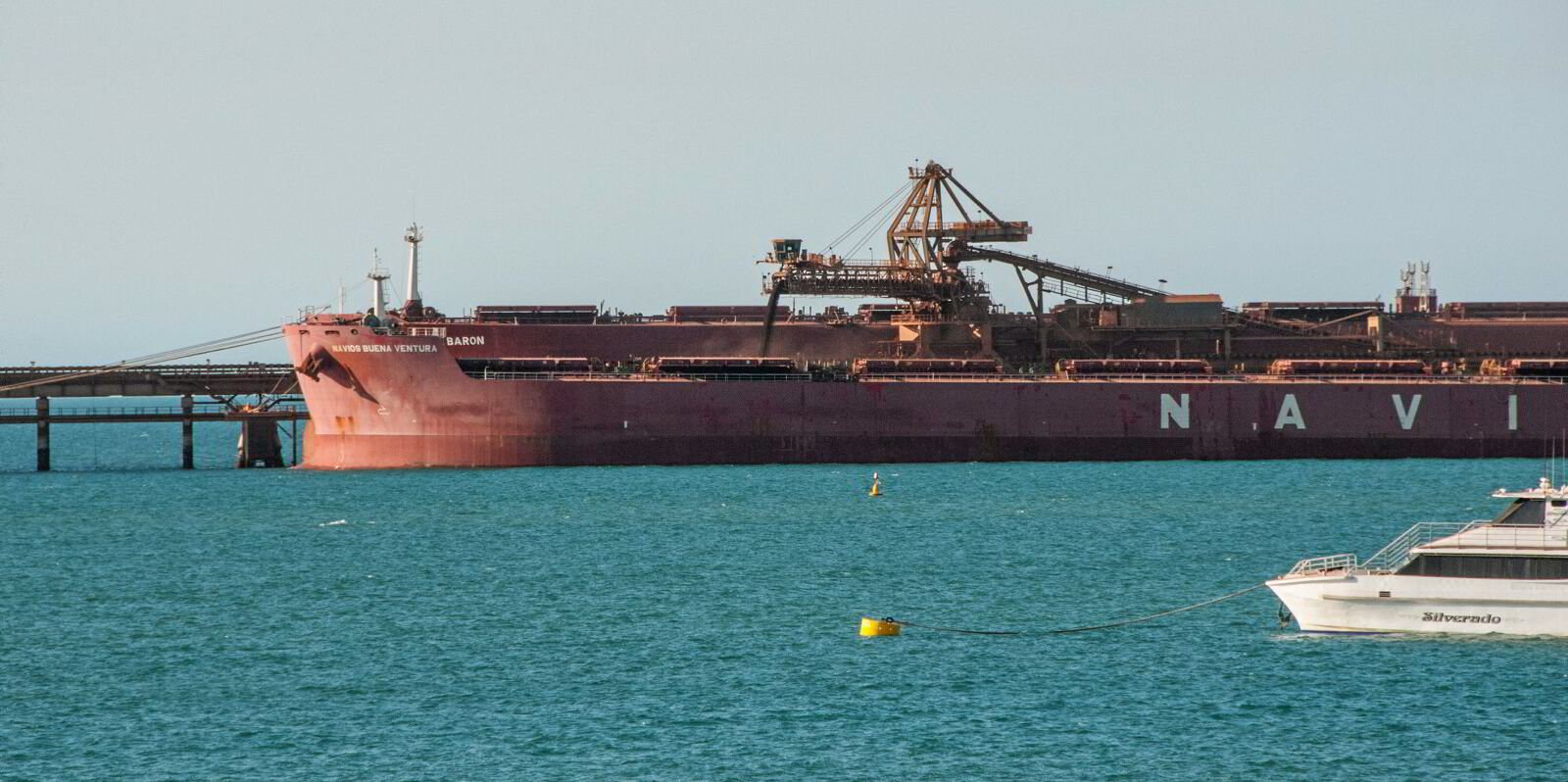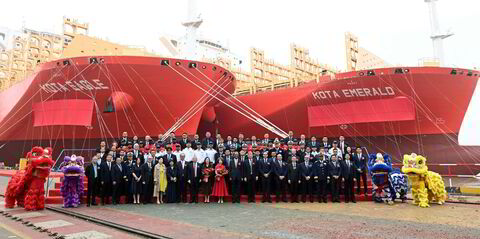This week’s capesize spot market has had something to please optimists and pessimists alike.
Opinions are divided on how far capesize trade will be affected by potentially softer Chinese demand for seaborne commodities during the rest of 2024.
The week began with a big pop of optimism, but this was undone on Wednesday as rates dipped lower than they had been at the start of the week.
On Monday, Baltic Exchange panellists added $1,235 to their assessment of average capesize spot rates, weighted across five key benchmark routes, bringing the basket estimate to $26,935 per day.
Further gains of $839 followed on Tuesday.
But $1,036 was cut from the assessment on Wednesday, leaving it at $26,738 per day — below where it was as the week began.
Much of the weakness stems from the Pacific.
There were signs on Tuesday that fixing activity in the Pacific was beginning to slow, despite fixtures reported from two of the three big iron ore miners.
“Brokers have noted a notable shortage of coal cargoes, which has contributed to a slightly longer list of available tonnage,” the Baltic Exchange said in its daily market report on Tuesday.
“Activity from South Brazil and West Africa to the Far East has been relatively limited this week, as brokers report a noticeable gap between bids and offers.”
Panellists on Wednesday cut $2,854 from their assessment of rates on transpacific time charter trips from China to Japan, which they priced at $27,823 per day. This means the assessment is down by more than 9% since Tuesday.
In comparison, rates for transatlantic rounds from Europe were assessed just $143 lower at $22,643 per day.
This sudden fall in freight pricing for iron ore loading in the Pacific was evident in voyage rate assessments on Wednesday too.
Panellists cut their assessment of voyage rates for iron ore from Western Australia to China by 5%. They priced the voyage at $11.135 per tonne, $0.63 lower than Tuesday.
The rival Brazil-China voyage for iron ore was assessed $0.38 lower at $27.74 per tonne.
This follows soon after the biggest one-day price drop for China’s iron ore futures in nearly two years, which happened on Monday.
Contracts on the Dalian Commodity Exchange closed at RMB 723.5 ($101.83) per tonne, down nearly 5% from the previous close — the steepest daily decline since 31 October 2022.
The downturn was triggered by a mixed picture of Chinese economic data.
Much of the strength in average capesize rates has been fuelled by iron ore exports from Brazil over the past month or so.
Volumes have been strong, but questions remain about how demand will play out in the coming months.
Spot rates for iron ore voyages from Brazil to China have gradually improved over the past six weeks and are almost 29% higher than a month ago.
But tonnage supply to the Atlantic market is growing.
The number of capesizes in ballast in the Atlantic off south-east Africa has decreased to 113 — a drop of 29 vessels from the peak three weeks ago, according to Signal Ocean.
In the Pacific, bulker congestion at Chinese ports continues to unwind from the elevated levels in August.
Data from Signal Ocean shows capesize congestion dropped to nearly 120 vessels as of Wednesday, down by almost 20 vessels since the peak in the last week of July.






